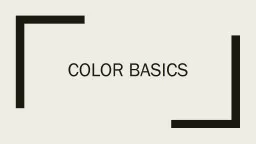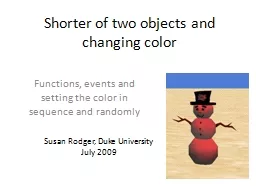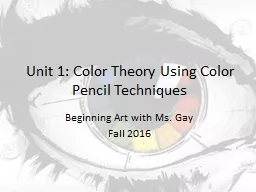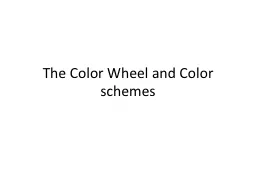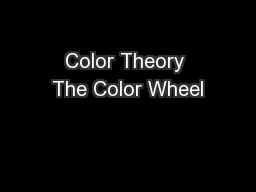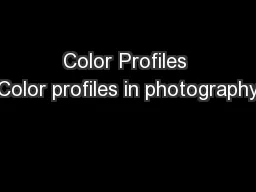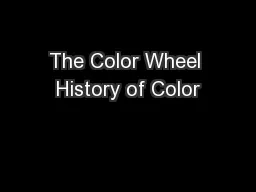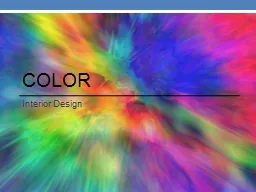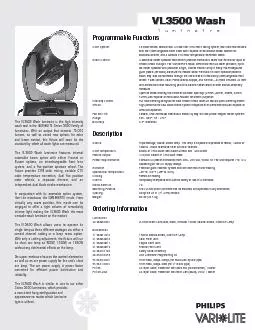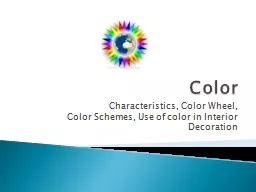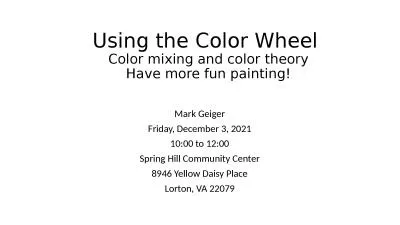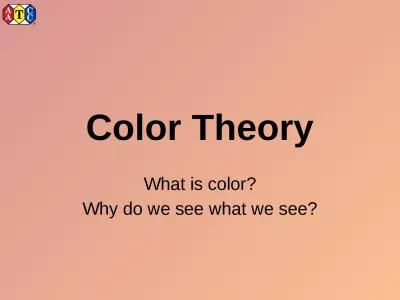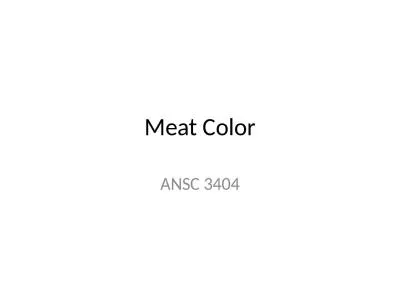PPT-Color Basics
Author : ellena-manuel | Published Date : 2017-04-19
Cantcolor Open this jpg Read the actual color name so red for the last one say Green Color Models CMYK Cyan Magent a Yellow Black Used in print production Print
Presentation Embed Code
Download Presentation
Download Presentation The PPT/PDF document "Color Basics" is the property of its rightful owner. Permission is granted to download and print the materials on this website for personal, non-commercial use only, and to display it on your personal computer provided you do not modify the materials and that you retain all copyright notices contained in the materials. By downloading content from our website, you accept the terms of this agreement.
Color Basics: Transcript
Download Rules Of Document
"Color Basics"The content belongs to its owner. You may download and print it for personal use, without modification, and keep all copyright notices. By downloading, you agree to these terms.
Related Documents

